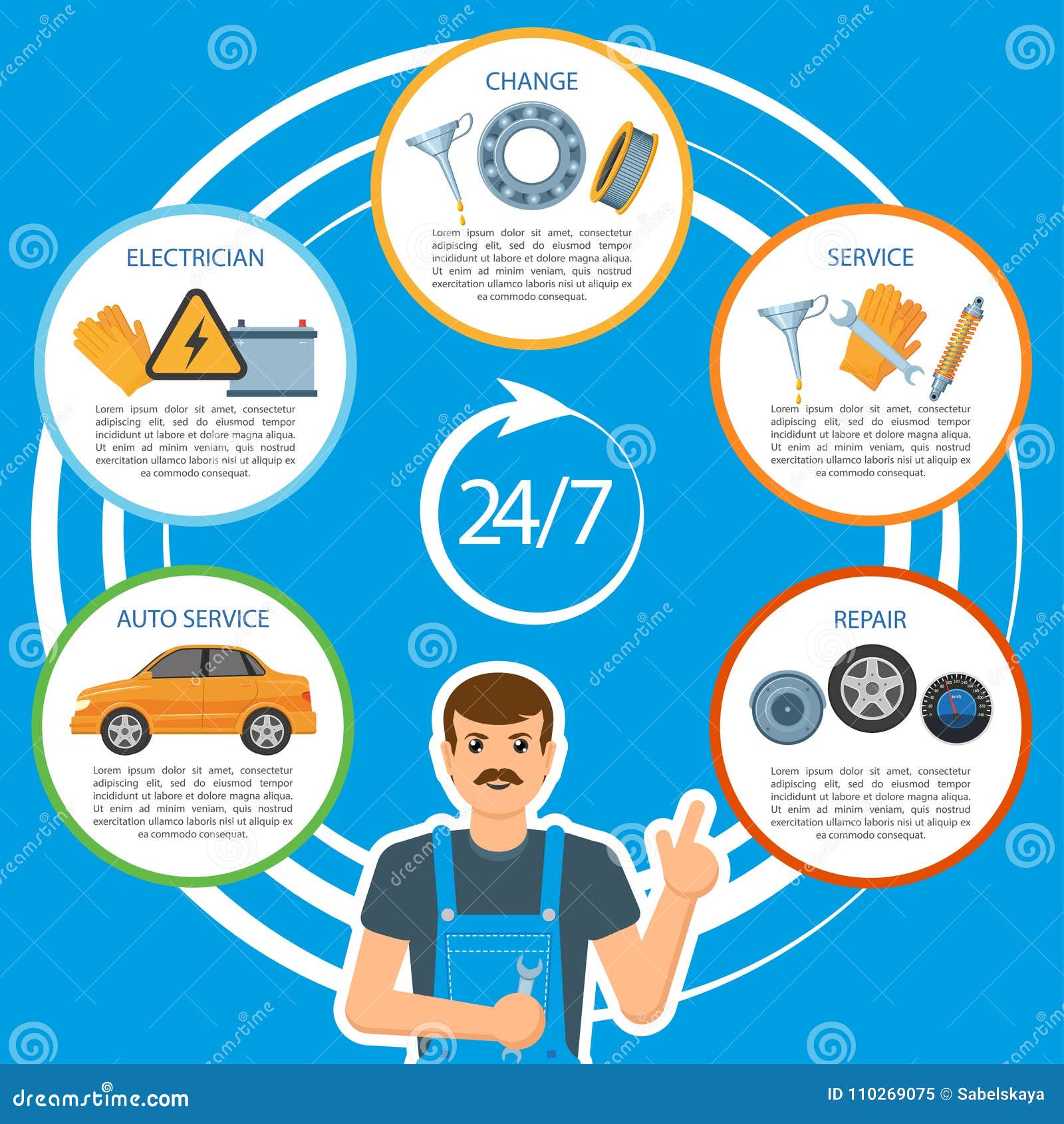Brake System Insights: Typical Problems And Reliable Fixing Techniques
Brake System Insights: Typical Problems And Reliable Fixing Techniques
Blog Article
Uploaded By-Sharma Murray
When it concerns your automobile's brake system, understanding common concerns can conserve you from possible safety and security risks. From determining brake pad wear to dealing with brake liquid leakages, recognizing how to take on these troubles is essential. But what concerning those spongy brake pedals? There's a repair for that as well. Remain tuned to find out more about these concerns and the useful services that can maintain you securely when traveling.
Brake Pad Use and Replacement
When it comes to maintaining your vehicle's brake system, one crucial aspect to keep an eye on is the wear and substitute of brake pads. Brake pads are essential components that push against the brake rotors to decrease or quit your car. Gradually, read full article wear down because of friction, calling for normal assessment and substitute to ensure your brakes operate successfully.
To figure out if your brake pads require replacement, pay attention for shrieking or grinding noises when you apply the brakes. Furthermore, if your automobile takes longer to stop or you see vibrations or pulsations when braking, it might be time to change the brake pads.
Overlooking worn brake pads can cause reduced stopping efficiency, damages to other brake parts, and even brake failing.
Changing https://driversclassnearme63940.theisblog.com/31398624/discover-the-essential-elements-to-take-into-consideration-when-making-a-decision-between-do-it-yourself-car-repair-work-or-working-with-a-professional-by-reading-this-handy-overview is a reasonably simple process for many vehicles. Nonetheless, if you're uncertain or unpleasant doing this job, it's finest to get in touch with a specialist mechanic to make certain proper setup and optimal brake performance.
On a regular basis checking and replacing brake pads is vital for your safety and security and the durability of your automobile's stopping system.
Brake Fluid Leaks and Maintenance
To ensure your vehicle's brake system functions efficiently, it is essential to likewise take note of brake liquid leaks and upkeep. Brake fluid is essential for transmitting the force from your foot on the brake pedal to the real stopping system. One usual problem with brake fluid is leaks, which can occur because of worn-out brake lines, seals, or links. If https://collinsmhbv.get-blogging.com/31694976/tips-for-winterizing-your-vehicle-getting-ready-for-cold-weather-driving observe a pool or trickles under your cars and truck, it's essential to resolve the leak quickly to avoid a possible brake failure.
Regularly checking your brake liquid degree is key to preserving your brake system. Low brake fluid can lead to air getting in the brake lines, which jeopardizes stopping efficiency.
In addition, old or polluted brake liquid can affect the total efficiency of your brakes. It's suggested to comply with the manufacturer's guidelines on when to alter the brake fluid, usually every 2 years.
Spongy Brake Pedal: Bleeding Brakes
If you have actually ever experienced a squishy brake pedal while driving, you recognize the significance of preserving a firm and responsive stopping system. One typical source of a spongy brake pedal is air entraped in the brake lines. When air gets in the brake system, it can lead to a loss of hydraulic pressure, causing that unsettling spongy sensation when you push the brake pedal.
To resolve this issue, hemorrhaging the brakes is essential. Bleeding the brakes involves getting rid of the air from the brake lines to bring back proper hydraulic pressure.
To hemorrhage the brakes, you'll need an assistant to assist you. Begin by situating the brake bleeder shutoff on each wheel, normally located near the brake caliper. With a wrench, loosen the shutoff and have your assistant press the brake pedal while you observe any air bubbles appearing. Repeat this procedure for each and every wheel, beginning with the wheel farthest from the master cyndrical tube and relocating closer.
Once you no more see air bubbles and only clear fluid emerges, tighten the shutoff and top up the brake fluid tank as needed. Hemorrhaging the brakes helps ensure a company brake pedal and boosts general stopping performance.
Final thought
Since you recognize usual brake issues and just how to fix them, you can guarantee your car's safety and performance. Bear in mind to listen for warning signs like screeching sounds or mushy brake pedals, and resolve them promptly. Normal maintenance and timely substitutes are essential to keeping your brakes in leading condition. Keep positive and mindful to your brake system to appreciate risk-free and reputable driving experiences.
